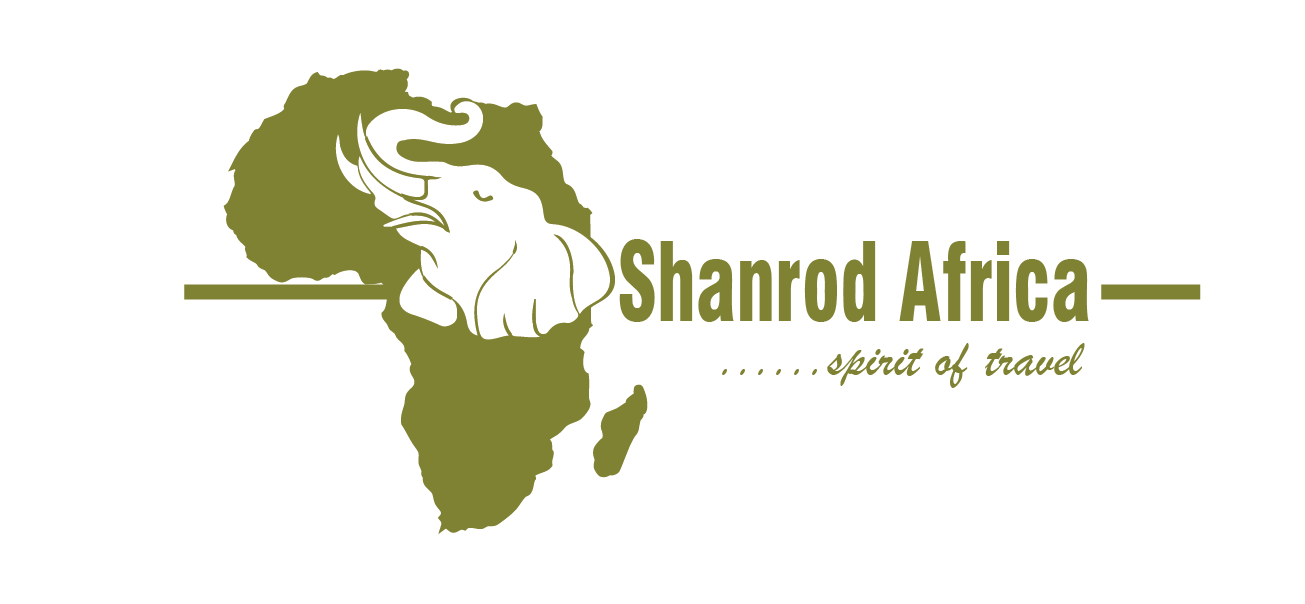Ghanzi is the centre of the cattle farming industry in Botswana. Over 200 cattle farms, comprising approximately six percent of the national land, are backed one against the other in largely fenced holdings.
This part of Botswana is regarded as one of the best cattle ranging areas in the world, renowned for the high quality, free roaming beef it produces. In fact, Ghanzi farmers provide 75 percent of the beef that the Botswana Meat Commission (BMC) exports, primarily to the United Kingdom and the European Union (EU). Beef is the third largest industry in the country.
The Ghanzi community is a conglomeration of ethnic groups – the San and Bakgalagadi (the original Ghanzi inhabitants), the Herero, the Batawana, and the Afrikaaners who first settled in the area in the late 1800s. Afrikaans is the lingua franca, and you might feel that you are in a tiny South African dorp in the northern Cape. East of this extensive area of farms lies the vast Central Kalahari Game Reserve (CKGR); and in between lies a 58 kms ‘no man’s land,’ a buffer zone between wildlife and the farms, and between Kalahari predators and livestock.
Several cattle farmers have developed game ranches and wildlife concessions – land allocated near their farms – and tourists come for wildlife viewing, excursions to CKGR, and desert walks with the San people, 20 who share their ancient way of life that masterfully and respectfully exploited the food and water resources of the desert. Some lodges off er up-market accommodation in rondavels or chalets, whilst others give tourists the opportunity to experience the traditional way of life of Kalahari hunter/gatherers – sleeping in grass huts, albeit with amenities.
The Kuru Dance Festival, held every year in August, features the traditional song and dance of Kalahari dwellers, and brings visitors from all over the world. The festival is organised by the Kuru D’Kar Trust, part of the Kuru Family of Organisations (KFO, seven in all) which state their goal as the promotion of San culture. This trust also sponsors and promotes the paintings of very gifted San artists, many of whom have exhibited and sold overseas. Nature, and humans’ relationship to it, is an over-riding theme in these wildly colourful and imaginative oil paintings. An elderly woman named Dada, recently deceased, was the group’s most internationally acclaimed painter.
Another Kuru Family organisation, Gantsicraft, aims to create income generation opportunities for rural dwellers in the district by promoting and marketing (locally and internationally) their arts and crafts. It houses a shop in the centre of Ghanzi and off ers quality, authentic San arts and crafts, including ostrich eggshell jewellery and belts, hunting sets, fi re sticks, leather items, carvings, and traditional musical instruments.

